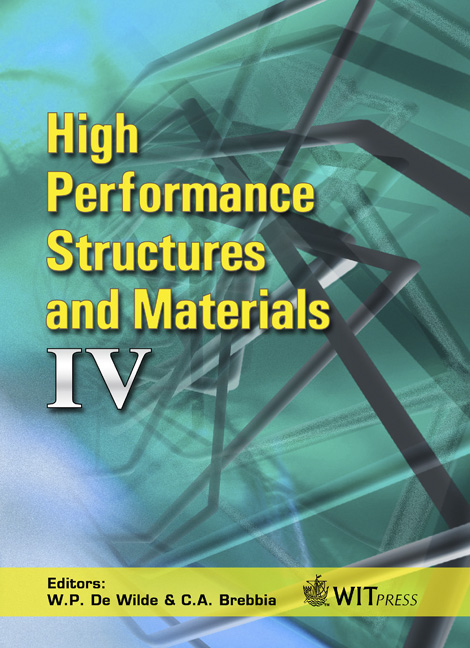Effect Of Plasma Treatment On The Mechanical Properties Of Natural Fiber/PP Composites
Price
Free (open access)
Transaction
Volume
97
Pages
8
Page Range
159 - 166
Published
2008
Size
1,220 kb
Paper DOI
10.2495/HPSM080171
Copyright
WIT Press
Author(s)
B. S. Kim, M. H. Nguyen, B. S. Hwang & S. Lee
Abstract
Atmospheric glow discharge (AGD) was developed with industrial plasma sources by using high voltage radio frequency (RF) excitation at KHz frequency ranges. It is possible to produce a steady-state uniform glow discharge at atmospheric pressure with various gases, thus eliminating the requirement for a vacuum system to expose the materials to plasma. The RF frequency should be in the limited range to produce AGD: if it is too low, the discharge will not initiate and if it is too high, the plasma will form filamentary discharge between the electrode plates or will be transformed to the arc discharge. The advantage of AGD is to modify or coat the materials with good uniformity. The AGD plasma polymerization can be used to modify the surface properties of wood powder as well as natural fiber to improve the compatibility between the fiber surface and PP matrix. The AGD surface modification process can allow the constituents to disperse quite evenly within the matrix with a strong interfacial bonding between the constituents and the matrix material. Contact angles of AGD polymers of various monomers were measured by goniometer and their surface energies were calculated, respectively, to find the most suitable monomer, which was hexamethyl- disiloxane. Helium was used as a carrier gas and the monomer modified the surface property by plasma polymerization. The reactor is operated at room temperature while the surface is modified at atmospheric pressure. Mechanical tests and characterizations by the SEM were carried out for the natural fiber/pp composites. Keywords: natural fiber composites, plasma treatment, atmospheric glow discharge.
Keywords
natural fiber composites, plasma treatment, atmospheric glow discharge.





